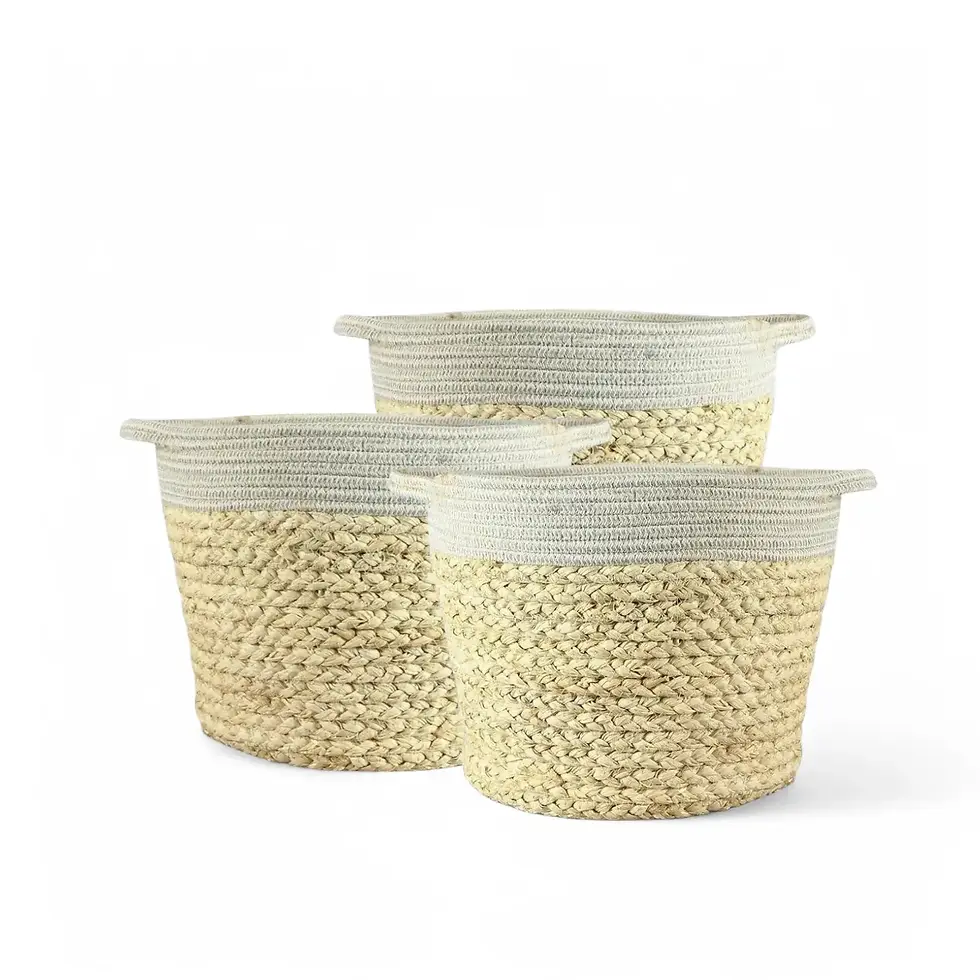Monstera dubia - Comprehensive Care Guide and Unique Features
Monstera dubia is a captivating tropical plant known for its remarkable transformation and stunning foliage. In its juvenile phase, this plant showcases small, heart-shaped leaves with silver and green variegation that cling tightly to surfaces in a shingling pattern. As it matures, these leaves evolve into larger, thick, and fenestrated forms, reaching up to a meter in length. Native to the tropical forests of Central and South America, Monstera dubia is a natural climber that thrives in warm, humid conditions. Its ability to shift from a creeping seedling to a bold climber makes it a sought-after addition to any indoor garden.
Key Features of Monstera dubia
- Dynamic Growth: Transforms from a shingling juvenile to a dramatic, fenestrated adult.
- Striking Leaves: Juvenile leaves exhibit silver variegation, while mature leaves develop deep green hues and natural splits.
- Natural Climber: Thrives with moss poles or trellises, mimicking its wild climbing behavior.
- Tropical Origin: Native to regions from Mexico to Bolivia, thriving in warm and humid environments.
- Ecological Role: Contributes to forest stability by creating microhabitats on trees.
Monstera dubia Care Guide
→ Light Requirements
- Prefers bright, indirect light for optimal growth.
- Avoid direct sunlight to prevent leaf scorch.
→ Watering Tips
- Water when the top 2-3 cm of soil is dry.
- Ensure pots have drainage holes to prevent root rot.
→ Ideal Humidity and Temperature
- Thrives in 60%-80% humidity; use a humidifier if needed.
- Prefers temperatures between 18°C-26°C. Avoid cold drafts.
→ Soil and Potting Mix
- Use a well-draining mix with orchid bark, perlite, and coco coir for aeration.
- Repot every 1-2 years or when roots outgrow the container.
→ Fertilization Guidelines
- Apply a balanced, water-soluble fertilizer every 4-6 weeks during the growing season.
- Avoid over-fertilizing to prevent nutrient burn.
→ Propagation Methods
- Propagate through stem cuttings with at least one node.
- Root cuttings in water or directly in well-draining soil.
→ Adapting to Hydroponics
- Thrives in semi-hydroponic setups with LECA and nutrient solutions.
- Flush the medium regularly to prevent salt buildup.
→ Pruning and Maintenance
- Prune to remove damaged or yellowing leaves and control size.
- Regular pruning promotes fuller growth and healthier foliage.
Common Problems and Solutions for Monstera dubia
→ Pests and Control
- Common Pests: Spider mites, mealybugs, thrips, and scale insects.
- Solution: Treat with insecticidal soap , neem oil, or use beneficial insects.
→ Managing Root Rot
- Use well-draining soil and water only when necessary.
- Trim affected roots and repot if needed.
→ Addressing Leaf Issues
- Yellowing: Often due to overwatering or nutrient deficiency.
- Brown Tips: Indicate low humidity or inconsistent watering.
Etymology of Monstera dubia
The genus name Monstera derives from the Latin word 'monstrum,' reflecting its dramatic foliage. The species name dubia refers to its resemblance to other species, making it challenging to identify accurately.
Frequently Asked Questions about Monstera dubia
- Can Monstera dubia grow without climbing support? It can grow flat, but thrives best with a moss pole or trellis.
- Why is my Monstera dubia not growing? Ensure adequate light, humidity, and nutrients to promote growth.
- Is Monstera dubia toxic to pets? Yes, it contains calcium oxalate crystals and is toxic if ingested.
Order Monstera dubia Today!
Bring the exotic beauty of Monstera dubia into your home! Its unique transformation and stunning foliage make it a must-have for plant enthusiasts. Order now to elevate your indoor space with this tropical treasure!
Monstera dubia
Monstera dubia is approximately 30 cm tall and comes in a ⌀ 14 cm pot

























































